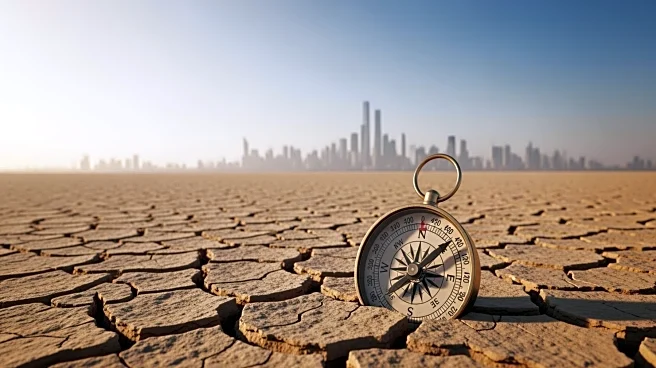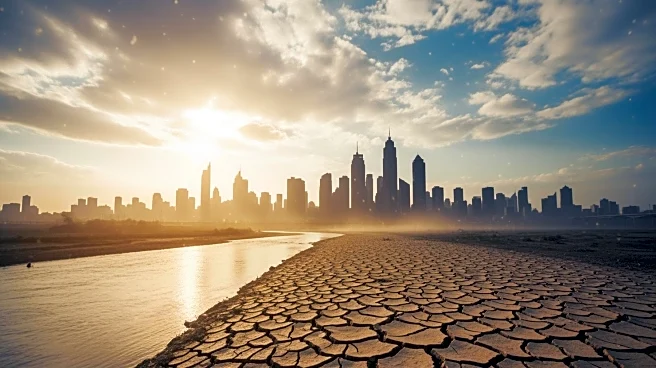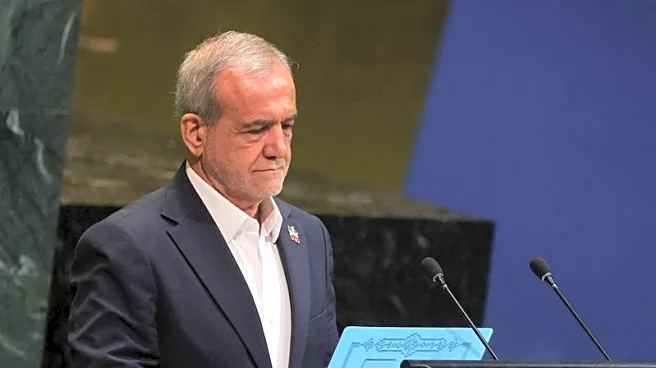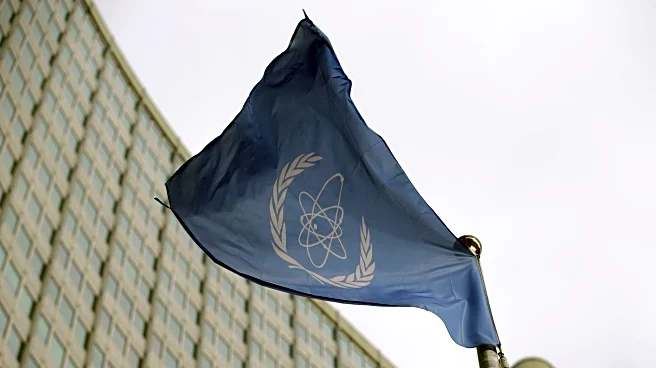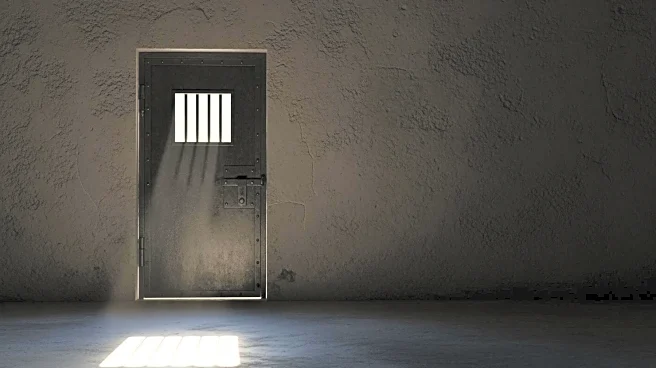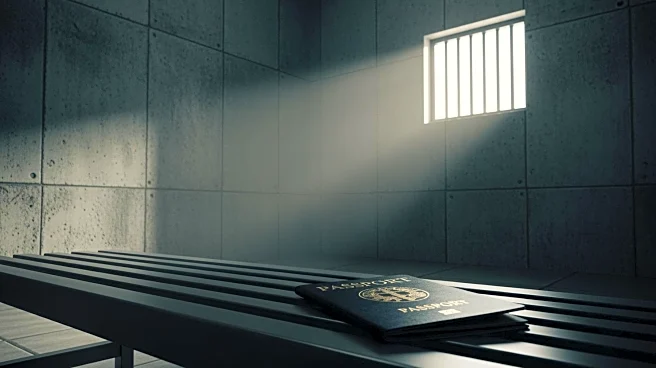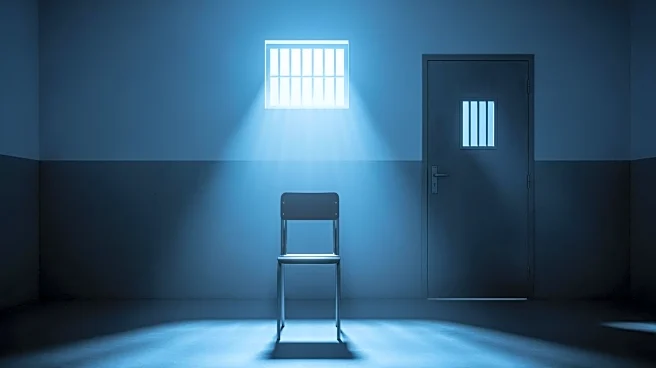What's Happening?
Iran's President Masoud Pezeshkian has announced the necessity of relocating the nation's capital from Tehran to the Makran region due to severe ecological strain. Tehran is facing significant challenges,
including land subsidence and shrinking water supplies, which have made sustaining the city increasingly difficult. The government is considering moving the capital to the southern Makran coast, a region that offers access to the Indian Ocean and potential for economic projects. However, the plan faces criticism due to the region's underdevelopment and the high costs involved, estimated to be tens of billions of dollars. The idea of relocating the capital has been considered since the 1979 revolution but has repeatedly stalled due to political resistance and financial constraints.
Why It's Important?
The relocation of Iran's capital is a significant move that could have wide-ranging implications for the country's infrastructure and economy. Tehran's overcrowding and resource shortages have reached a critical point, necessitating drastic measures. Moving the capital could alleviate some of these pressures, but it also poses challenges, including the financial burden and security risks associated with the underdeveloped Makran region. The decision comes at a time of economic strain, high inflation, and renewed UN sanctions, which could further complicate the relocation process. The move could also impact Iran's geopolitical strategy, as the Makran region offers strategic access to the Indian Ocean.
What's Next?
The Iranian government will need to address several challenges before proceeding with the capital relocation. These include developing the Makran region to accommodate the capital's infrastructure needs and securing the necessary funding amidst economic constraints. The government must also navigate political resistance and ensure the security of the new capital location. As the plan progresses, international stakeholders may react to Iran's strategic shift, particularly given the region's proximity to key maritime routes. The relocation could also influence Iran's domestic policies, as the government seeks to balance ecological concerns with economic and political realities.
Beyond the Headlines
The decision to relocate Iran's capital highlights broader environmental and economic challenges facing the country. Tehran's water crisis and land subsidence are symptoms of larger issues related to resource management and urban planning. The move underscores the importance of sustainable development and environmental protection in national policy. Additionally, the relocation could shift Iran's cultural and political dynamics, as the new capital may foster different regional influences and priorities. The plan also raises questions about the long-term viability of large urban centers in ecologically strained areas.
